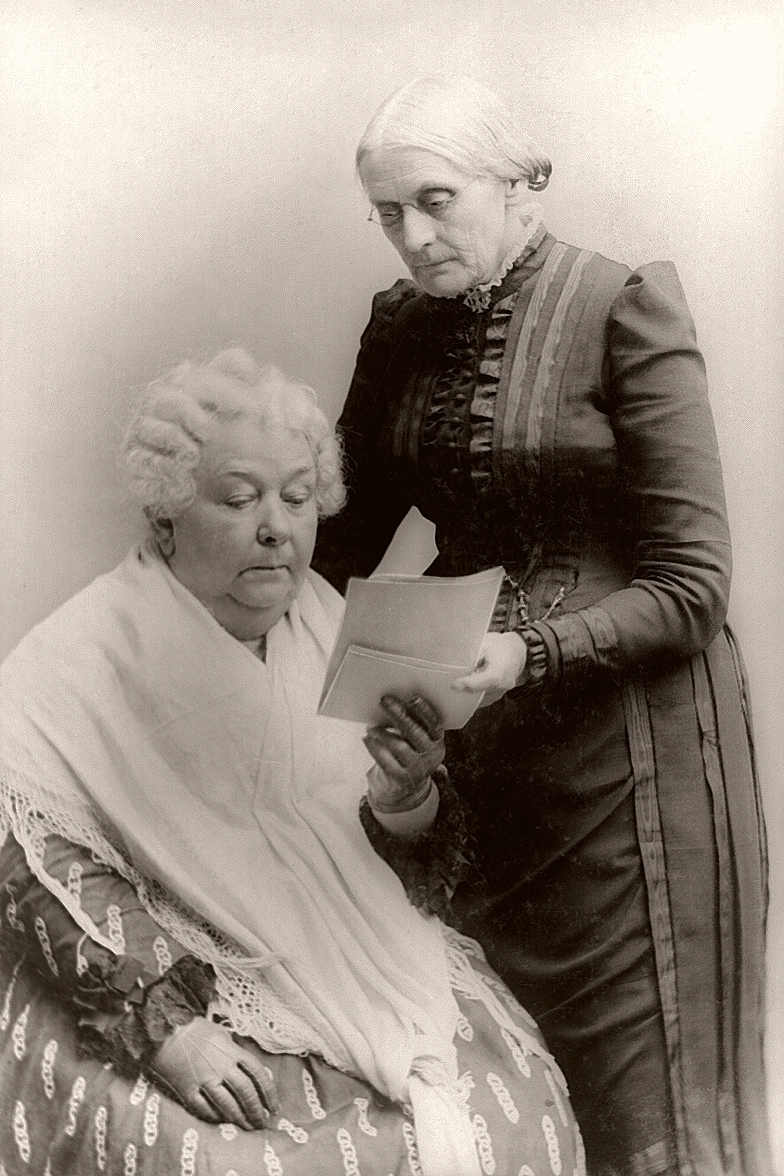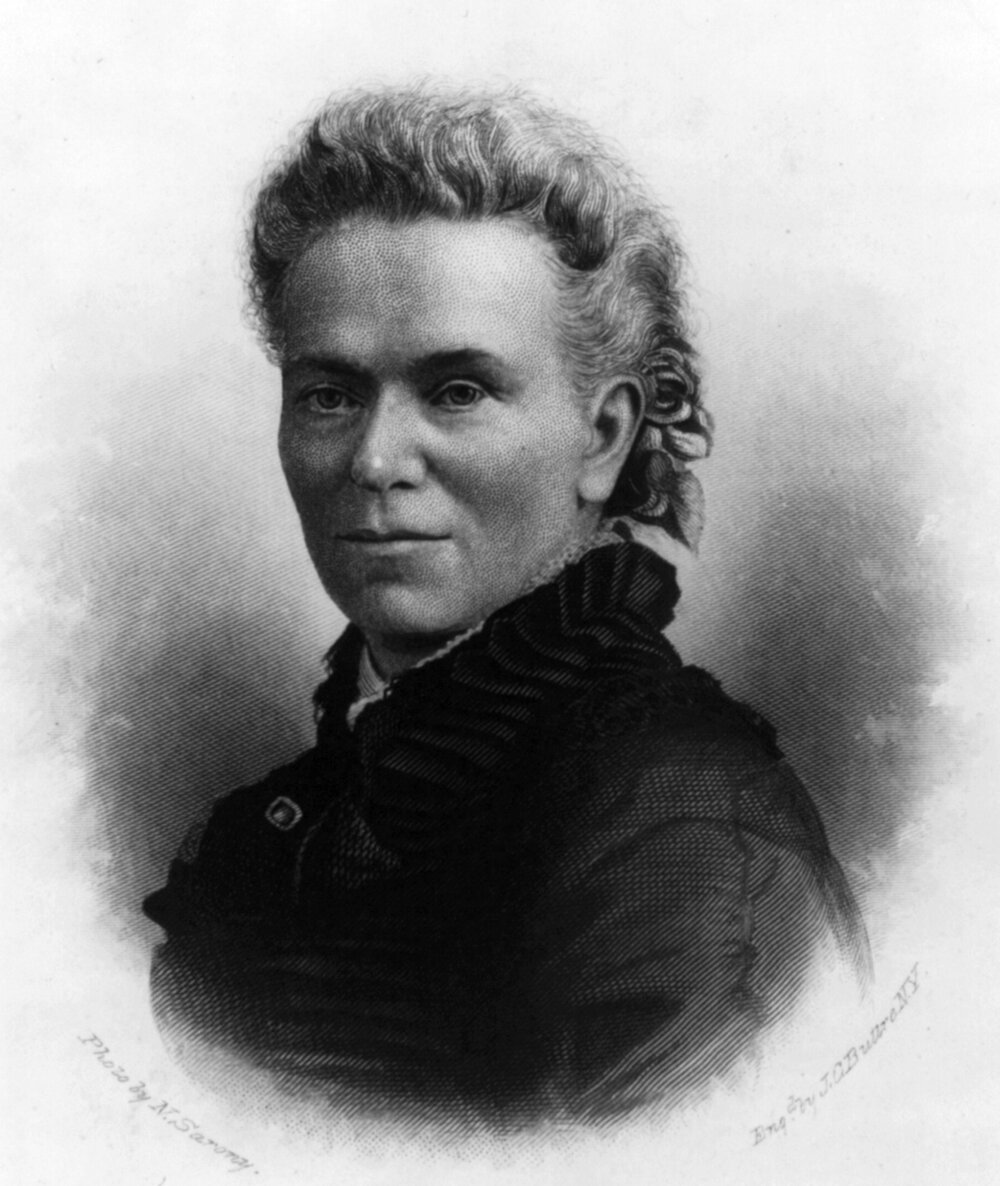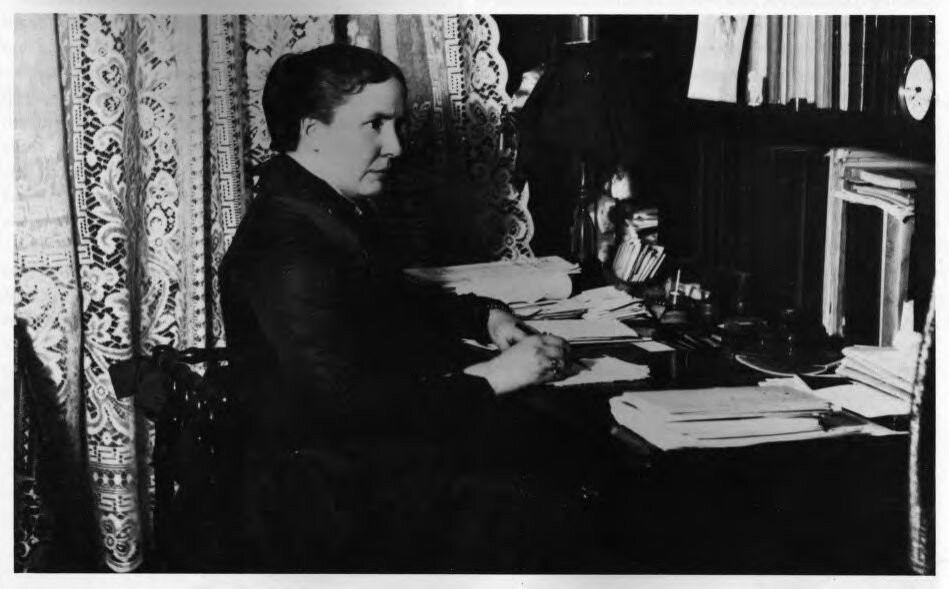Welcome to DU!
The truly grassroots left-of-center political community where regular people, not algorithms, drive the discussions and set the standards.
Join the community:
Create a free account
Support DU (and get rid of ads!):
Become a Star Member
Latest Breaking News
Editorials & Other Articles
General Discussion
The DU Lounge
All Forums
Issue Forums
Culture Forums
Alliance Forums
Region Forums
Support Forums
Help & Search
Women's Rights & Issues
Related: About this forumHow Native American Women Inspired the Women's Rights Movement
How Native American Women Inspired the Women’s Rights Movement
By Sally Roesch Wagner
 ?maxwidth=650&autorotate=false&quality=78&format=webp
?maxwidth=650&autorotate=false&quality=78&format=webp
Elizabeth Cady Stanton (left) and Susan B. Anthony (right)
“Never was justice more perfect; never was civilization higher,” suffrage leader Matilda Joslyn Gage wrote about the Haudenosaunee, or Iroquois Confederacy, whose territory extended throughout New York State. Matilda Joslyn Gage led the National Woman Suffrage Association (NWSA) along with Elizabeth Cady Stanton and Susan B. Anthony, the three women trading executive positions over the 20 years of the organization’s existence. According to Gloria Steinem, Gage was “the woman who was AHEAD of the women who were AHEAD of their time.” When the women’s suffrage leadership grew conservative, Gage dropped out of the movement. Suffragists stopped remembering her progressive contributions, like her 1893 revelation of the sex trafficking of women and girls in the United States. Gage, and to a lesser extent Stanton, were largely dropped from the history. With their exclusion, we also lost this story of how they saw women’s rights in action in the native culture of the Haudenosaunee, and realized they could create the conditions for it in their own society.
Having worked for women’s rights for forty years, Gage and Stanton became increasingly frustrated with their inability to make major gains in their social, economic, or political positions as women by the 1880’s. In their disappointment, they looked beyond the Euro-American culture that was already known intimately to them and gained a vision of a world of equality from their nearby neighbors. Stanton and Gage grew up in the land of the Haudenosaunee, the six nations of the Iroquois Confederacy: the Onondaga, Mohawk, Seneca, Cayuga, Oneida and Tuscarora who had social, religious, economic, and political positions far superior to their own, they wrote.The Six Nation Haudenosaunee Confederacy had, and still have today, a family/governmental structure based on female authority. Haudenosaunee women controlled the economy in their nations through their responsibilities for growing and distributing the food. They had the final authority over land transfers and decisions about engaging in war. Children came through the mother’s line, not the father’s, and if the parents separated, the children stayed with their mother, and if she died, with her clan family. Women controlled their own property and belongings, as did the children. Political power was shared equally among everyone in the Nation, with decisions made by consensus in this pure democracy, the oldest continuing one in the world.
Still today, the chief and clan mother share leadership responsibilities. The clan mother chooses and advises the chief, placing and holding him in office. These men, appointed by the women, carry out the business of government. The clan mother also has the responsibility of removing a chief who doesn’t listen to the people and make good decisions, giving due consideration to seven generations in the future. To be chosen as a chief, the man cannot be a warrior (since it is a confederacy based on peace), nor can he have ever stolen anything or abused a woman. Women live free of fearing violence from men. The spiritual belief in the sacredness of women and the earth—the mutual creators of life—make rape or beating almost unthinkable. If it occurs, the offender is punished severely by the men of the victim’s clan family – sometimes by death or banishment.
 ?maxwidth=650&autorotate=false&quality=78&format=webp
?maxwidth=650&autorotate=false&quality=78&format=webp
Matilda Joslyn Gage. Collections of the Library of Congress.
. . .
 ?maxwidth=650&autorotate=false&quality=78&format=webp
?maxwidth=650&autorotate=false&quality=78&format=webp
Alice Fletcher. From the collections of the Library of Congress.
Indigenous women of numerous Native Nations had rights, sovereignty, and integrity long before European settlers arrived on these shores. They had complete control of their lives, maintained economic independence in marriage, and lived in a culture free from gender-based violence. While women in the United States are recognizing that 100 years ago the Constitution finally recognized the right of U.S. women to vote, Native Nation women have had political voice on this land since the founding of the Iroquois (Haudenosaunee) confederacy over 1000 years ago. And today, the Six Nations clan mothers continue to have the responsibility to nominate, hold in office, and remove their chiefs. Just as our suffrage foremothers before us, non-native women have much to learn from Native women and their centuries of experience.
https://www.nps.gov/articles/000/how-native-american-women-inspired-the-women-s-rights-movement.htm